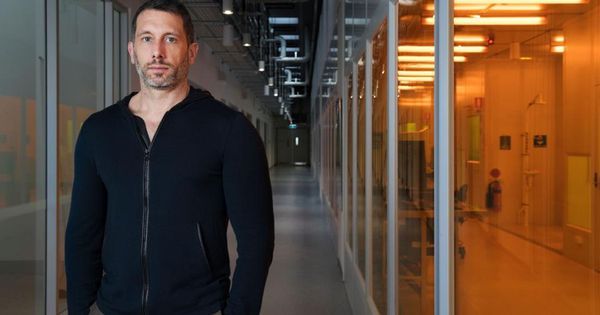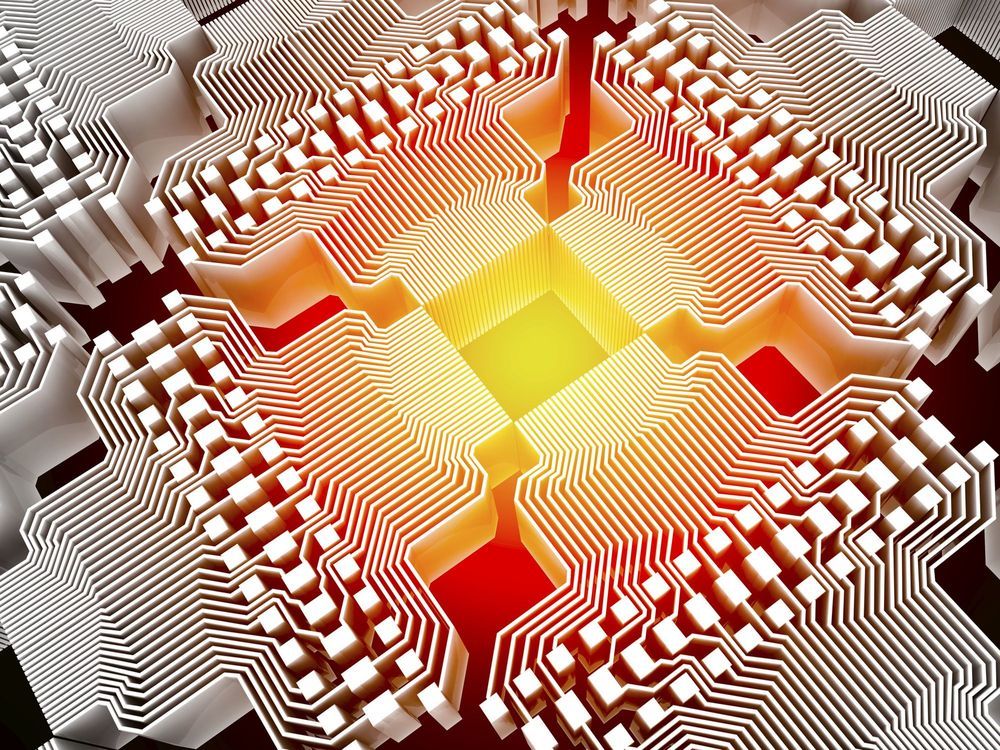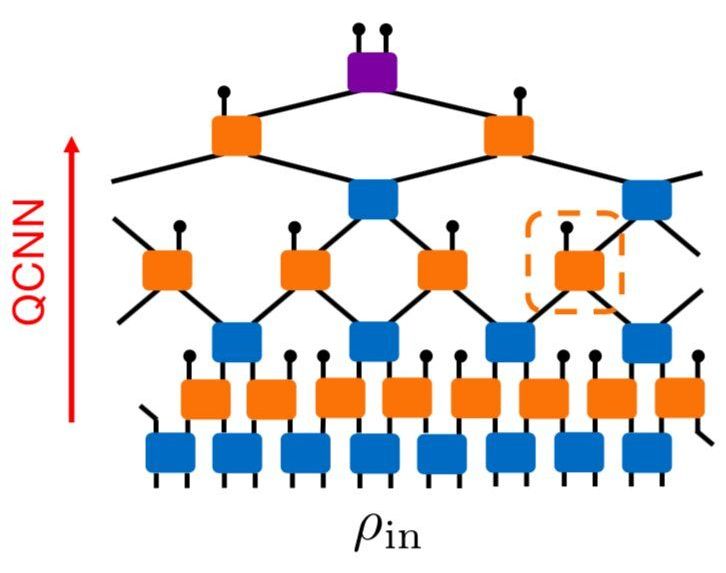Splitting the Universe
Hugh Everett blew up quantum mechanics with his Many-Worlds theory in the 1950s. Physics is only just catching up.
Sean Carroll




Q-CTRL, an Australian-based quantum computing software company that makes “quantum firmware,” on Tuesday announced a $15 million series A funding round led by Square Peg Capital. Sierra Ventures also participated in the round, joining existing investors Horizons Ventures, Main Sequence Ventures, and Sequoia Capital.
The primary purpose of the round, says founder and CEO Michael Biercuk, is to expand and grow the company. It currently has 25 employees and aims to double that number in the next 12 to 18 months. It’s also opening an office in Los Angeles where it hopes to add more employees and will expand its product offerings in the field of quantum sensing.
Biercuk is a professor at the University of Sydney and has been conducting research in quantum computing for over a decade. He’s particularly interested in combining the principles of control engineering to quantum computing and other systems such as quantum sensing.

As hardware makers continue to work on ways of making wide-scale quantum computing a reality, a startup out of Australia that is building software to help reduce noise and errors on quantum computing machines has raised a round of funding to fuel its U.S. expansion.
Q-CTRL is designing firmware for computers and other machines (such as quantum sensors) that perform quantum calculations, firmware to identify the potential for errors to make the machines more resistant and able to stay working for longer (the Q in its name is a reference to qubits, the basic building block of quantum computing).
The startup is today announcing that it has raised $15 million, money that it plans to use to double its team (currently numbering 25) and set up shop on the West Coast, specifically Los Angeles.

Machine learning techniques have so far proved to be very promising for the analysis of data in several fields, with many potential applications. However, researchers have found that applying these methods to quantum physics problems is far more challenging due to the exponential complexity of many-body systems.
The fabric of space-time may get its robustness from a network of quantum particles, according to a principle called quantum error correction.


Abstract: In this review-article, we discuss the consequences of the introduction of a quantum of time tau_0 in the formalism of non-relativistic quantum mechanics (QM) by referring ourselves in particular to the theory of the “chronon” as proposed by P.Caldirola. Such an interesting “finite difference” theory, forwards —at the classical level— a solution for the motion of a particle endowed with a non-negligible charge in an external electromagnetic field, overcoming all the known difficulties met by Abraham-Lorentz’s and Dirac’s approaches (and even allowing a clear answer to the question whether a free falling charged particle does or does not emit radiation), and —at the quantum level— yields a remarkable mass spectrum for leptons. After having briefly reviewed Caldirola’s approach, we compare one another the new Schroedinger, Heisenberg and density-operator (Liouville-von Neumann) pictures resulting from it. Moreover, for each representation, three (retarded, symmetric and advanced) formulations are possible, which refer either to times t and t-tau_0, or to times t-tau_0/2 and t+tau_0/2, or to times t and t+tau_0, respectively. It is interesting to notice that, e.g., the “retarded” QM does naturally appear to describe QM with friction, i.e., to describe dissipative quantum systems (like a particle moving in an absorbing medium). In this sense, discretized QM is much richer than the ordinary one. When the density matrix formalism is applied to the solution of the measurement problem in QM, very interesting results are met, so as a natural explication of “decoherence”.
From: [view email].